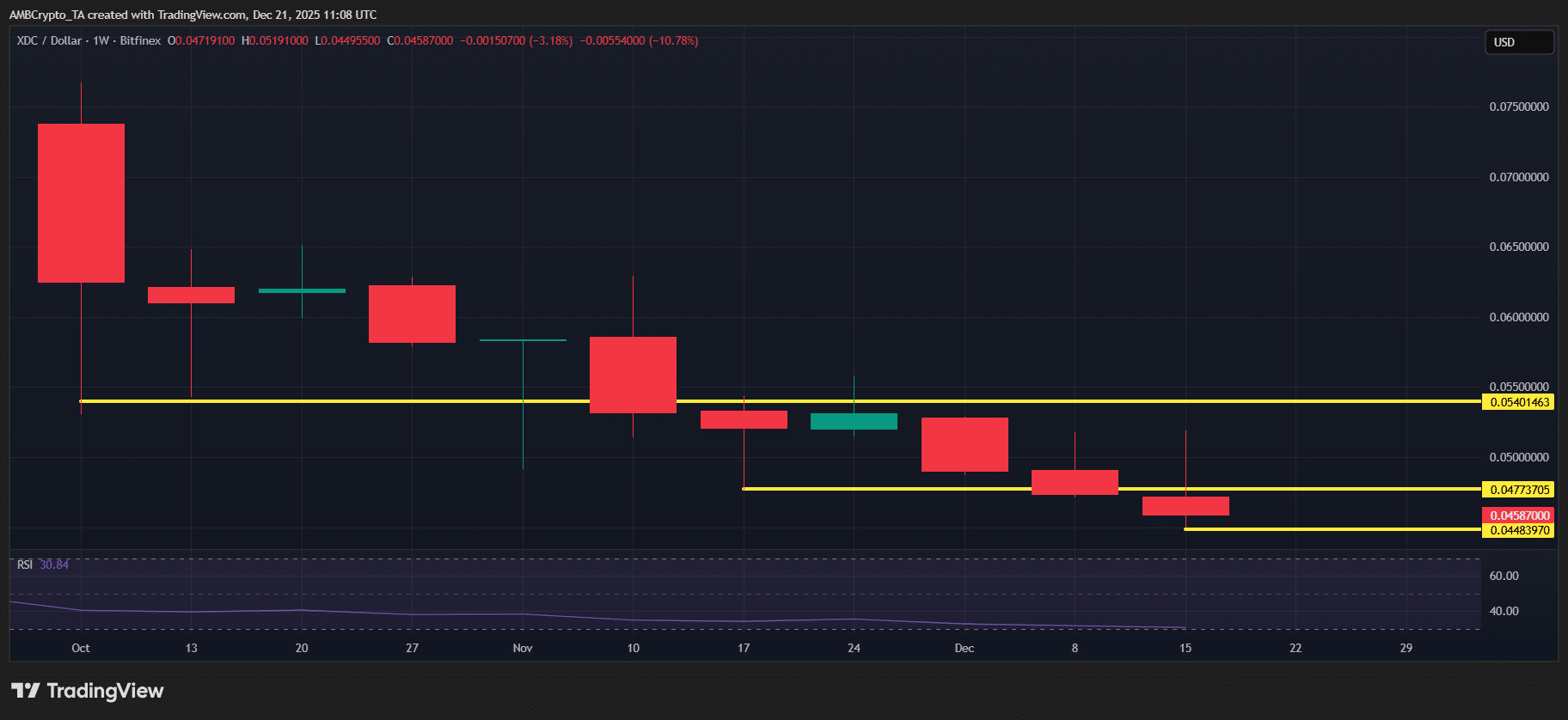Bitcoin Dips Below 100-Day Average Amid ETF Outflows
- Bitcoin breaks 100-day support; ETF outflows and miner sales rise.
- Price slides between $109,000 and $110,000, pressured by weak demand.
- Institutional redemptions hit $900 million in spot Bitcoin ETFs.
Bitcoin has fallen below its 100-day moving average amid a significant sell-off, with prices reaching $109,000—$110,000, influenced by major ETF outflows and miner reserve sales.
The breakdown signals potential bearish pressures, affecting market liquidity and investor confidence, particularly impacting institutional holdings and related financial instruments.
The Bitcoin market faces pressure after BTC fell below its 100-day moving average. Triggered by recent sharp ETF outflows and miner selling, the price now resides between $109,000 and $110,000. The slide stems from weak short-term bullish conviction.
Key entities contributing to this trend include ETF issuers like BlackRock and Fidelity, which witnessed redemptions exceeding $900 million in a week. Despite the market shifts, major crypto companies and developers have not issued new official statements.
The immediate financial impact is highlighted by declining BTC miner reserves and eroding institutional support. Miner wallets saw a 0.24% decrease, indicating sales during a period of weak demand and heightened risk of further downward slippage.
Signs of a broader risk-off sentiment persist, with ETF outflows eroding the institutional bid for Bitcoin. As BTC performance correlates with broader market sentiment, other cryptocurrencies like ETH show possible vulnerabilities during major Bitcoin events .
Market observers note the absence of new insights from critical industry leaders or financial regulators on this event. This absence suggests typical market behavior, as such statements often occur only when regulatory issues arise.
The current trend mirrors historical patterns, where Bitcoin losses below moving averages often precede short-term price reductions, barring new catalysts. Previous events like 2022’s drawdown, triggered by institutional de-risking, showcased persistent effects without significant intervention. As Arthur Hayes, former CEO of BitMEX, once said,
Disclaimer: The content of this article solely reflects the author's opinion and does not represent the platform in any capacity. This article is not intended to serve as a reference for making investment decisions.
You may also like
Ripple CTO to XRP Holders: We Are Going to Take Over the World
Why Bitcoin Billionaire Arthur Hayes Expects BTC to Hit $200K by March
Ark of Panda Collaborates with Duck Chain to Boost Network Scalability, Connect RWAs To Cross-Chain Ecosystems
Crypto market’s weekly winners and losers – CC, UNI, HYPE, M
